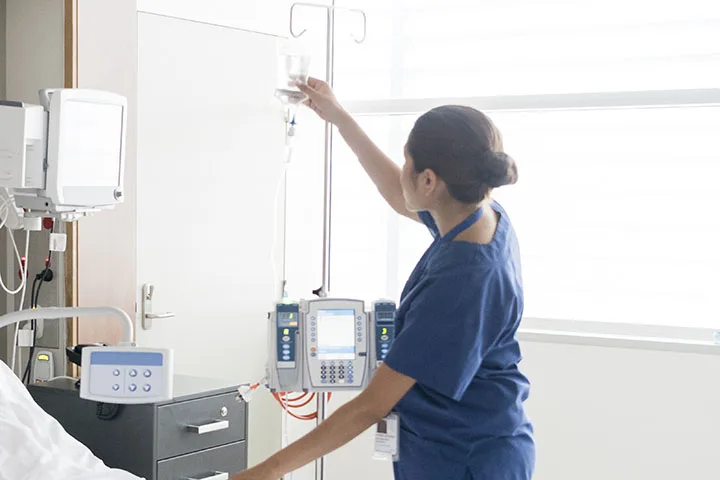3 Preventable Infusion Pump Problems

Advancements in technology have made our hospitals and medical facilities much safer. However, when human behavior is added into the mix, this can derail even the best efforts to improve patient safety. In many cases, human error is to blame for some of the most prevalent problems with infusion pumps. Let's take a closer look at three common problems with this type of hospital equipment and how they can easily be prevented.
Read More...








